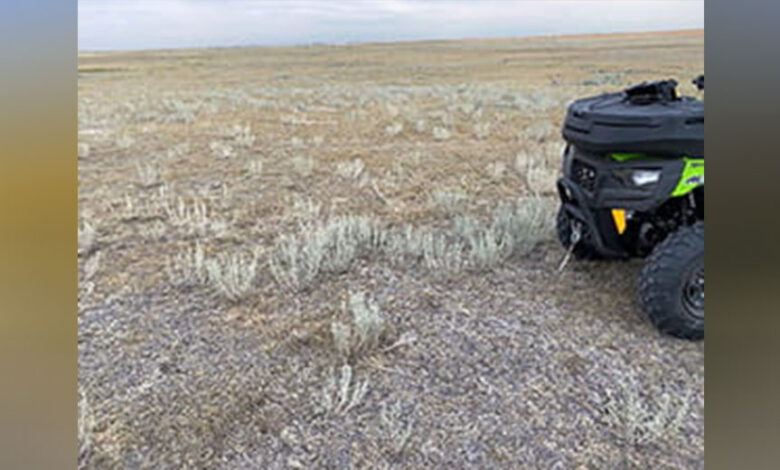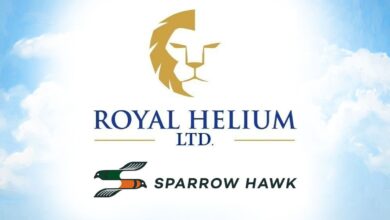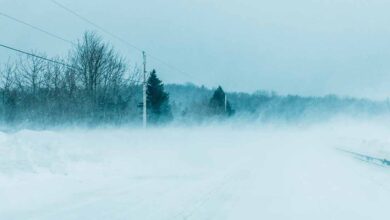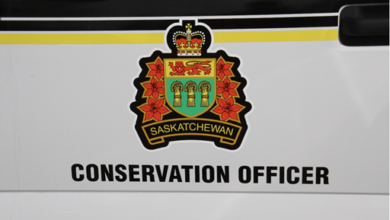
What Does Fall Grazing Look Like This Year
By Trevor Lennox, PAg, Range Management Extension Specialist, Swift Current
As late summer and fall approaches, the focus for many producers will shift to fall grazing and what forage options exist for the remainder of the grazing season. Each year, there is always a push to extend the grazing season as long as possible in order to shorten up the winter-feeding period. Questions such as the following may arise: “what fields will be used for fall grazing?” and “what additional forage resources are available locally, such as crop aftermath on cropland?”
Over the last several years there has been a push to extend the grazing season as it can be one way to help reduce the cost associated with winter feeding. However, there are additional risks to stand longevity when using perennial forages late in the season — such as the reduced productivity potential due to minimal litter retained on the surface. Excessive livestock trampling late in the season can also harm the growing points of perennial pastures, reducing the productivity potential the following year.
Many producers have been heavily grazing their pastures each year in trying to get that extra one-to-two weeks of late fall grazing, but in doing so, may be sacrificing next year’s grazing season. Sometimes that extra week or two of fall grazing can leave the land completely bare and less resistant to dealing with dry conditions should they arise again next year.
Research has shown that one of the key drivers for maintaining long-term productivity on pasture and rangeland is retaining adequate litter (carryover) on the surface at the end of a grazing season. On pastureland, litter acts as a physical barrier to heat and water flow at the soil surface. Litter conserves scarce soil water by reducing evaporation, improving infiltration and cooling the soil surface. On native pastures on the southern prairies, litter is so important that approximately 50 per cent of the yield in any given year can be attributed to litter. This is huge, especially during a drought where it is extremely important to conserve water to grow grass.
As we move into late fall and winter, producers are encouraged to retain a little extra litter (carryover) on their pastures as it will pay off next year by providing some additional drought insurance for the 2023 grass crop.
For further information, contact your local regional office or call the Agriculture Knowledge Centre at 1-866-457-2377.








































